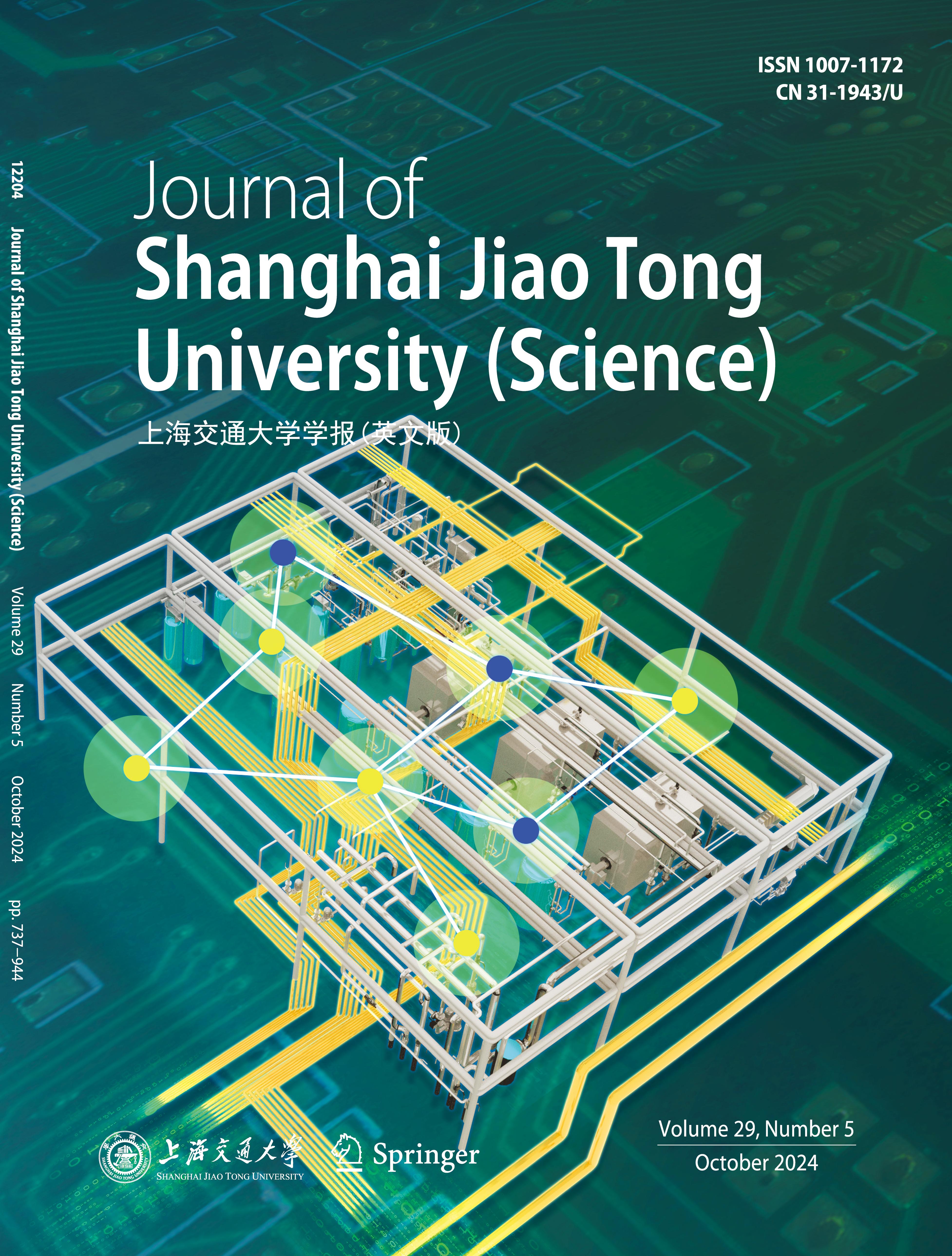|
|
Optimization of Highway-Railway Level Crossing in Port Area with
Priority of Key Lanes
ZHANG He(张赫), ZHOU Zhengkai(周正凯), LIN Huanyu(林环宇), WANG Tianci(王天慈)
2024, 29 (5):
791-800.
doi: 10.1007/s12204-022-2553-z
When controlling the signal of highway-rail level crossings in the port area, the multi-objective signal
optimization model is not applicable due to the cross effect of roads and railways and the priority of incoming
vehicles. Therefore, in order to ensure that the inbound truck fleet enters the port directly without being affected
by the train when passing through the highway-rail level crossing in the port area, the queuing of vehicles in
front of the port needs to be reduced, and the priority should be given to the inbound trucks. Based on the idea
of priority on key lanes, this study relies on speed guidance information to guide the fleet to shift reasonably,
postpone or early arrive at the railway gate. At the same time, the optimization goal is to minimize the delays
at intersections, the number of stops, and the vehicle exhaust emissions. The measured data of road-rail level
crossings in Dayaowan Port Area of Dalian were selected, and it was re-developed under the VISSIM environment
by serial interface to realize signal optimization control under vehicle speed guidance. The original timing plan,
multi-objective timing optimization plan and key lanes priority are given to the optimization scheme for simulation
experiments. The results show that the multi-objective optimization scheme and the optimization scheme under
the priority of key lanes can generally improve the traffic capacity of road-rail level crossings. Compared with the
original plan, the optimization plan under the priority of key lanes reduces the delay by 33.3%, the number of
stops is reduced by 25%, and the vehicle exhaust emissions are reduced by 31.3%. It proves the effectiveness of
the optimization scheme for highway-rail level crossings in the port area under the priority of key lanes, and it is
more suitable for highway-rail level crossings.
References |
Related Articles |
Metrics
|

